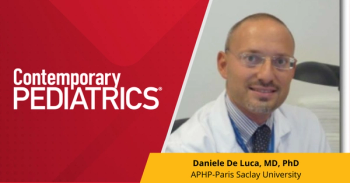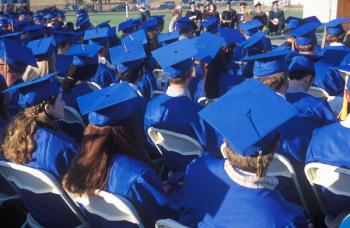
The search for a better way to screen infants for iron deficiency
Investigators compared measurement of reticulocyte hemoglobin content (CHr) with measurement of hemoglobin as a means of screening healthy infants for iron deficiency. Of 202 9- to 12-month-old infants initially enrolled in a prospective study, 23 (11.4%) had iron deficiency and six (3%) had iron deficiency and anemia, as gauged by transferrin saturation and hematologic parameters. From this initial group, 147 infants (none with anemia) were rescreened for iron deficiency at subsequent well-baby visits over a median of 5.6 months.
Infants who were iron-deficient, as well as those who were not, had significantly different values for all measured biochemical and hematologic markers of iron deficiency. Investigators identified a CHr threshold of <27.5 pg for detecting iron deficiency in infants at initial screening. Overall, reticulocyte hemoglobin content was more accurate than hemoglobin for detecting iron deficiency.
In addition, CHr <27.5 pg without anemia at initial screening was associated with anemia at screening a year later. Of 45 nonanemic infants with CHr <27.5 pg at initial screening, four developed anemia. But only one of the 102 nonanemic infants with CHr <27.5 or higher at initial screening was anemic at follow-up (Ullrich C et al: JAMA 2005;294:924).
Newsletter
Access practical, evidence-based guidance to support better care for our youngest patients. Join our email list for the latest clinical updates.








